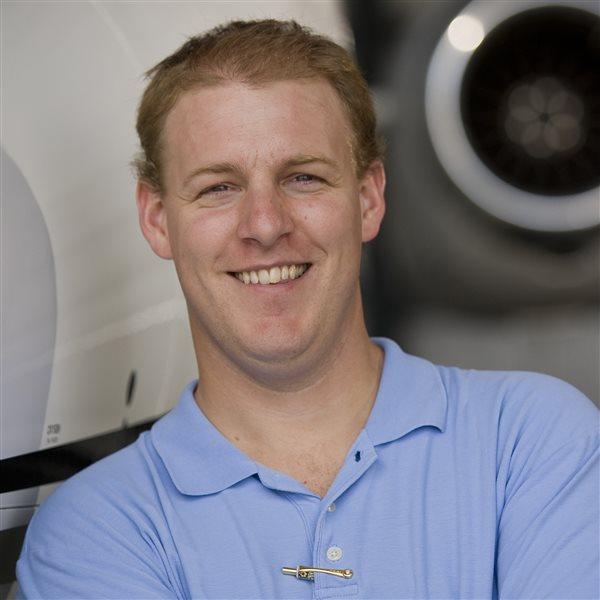Perspective is a wonderful thing. It has turned the Cessna 150/152 from a too-small sweatbox into arguably the best training airplane of all time.
Many who trained in the tiny Cessna remember it as slow, small, and underwhelming. But a funny thing happens when they get to experience the 150/152 again years later. The perspective of time and experience in other airplanes mutes the drawbacks and reveals an airplane ideally suited to training pilots. It’s inexpensive and rugged; the power is just right; and most important, it handles beautifully.
We’ve long debated what makes a great trainer. I’ve come to believe it’s easier just to point to the 150/152 and say, “That!” The 150/152 isn’t sexy; it’s not fast; and with only two seats, its utility is limited. That’s OK. It has the unusual distinction of doing one thing really well: introducing people to flight.
Although any number of attributes could make or break a trainer, the one quality that elevates the 150/152 is the way it flies. The controls are crisp without being twitchy and the airplane responsive without being unstable. Now, maybe you’ve flown a 150/152 and are now rolling your eyes because you can wiggle the yoke back and forth 20 degrees without the ailerons moving. You just don’t remember what the 150/152 was like when it was new. If the airplane has been refurbished and the control cables and pulleys are new, the yoke provides excellent feedback. There’s a sense that what you’re doing with the yoke has a direct impact on the energy state of the airplane, which sounds obvious but isn’t a universal trait in airplanes. It’s what sets the 150/152 apart from the 172, an airplane that’s much happier staying exactly where it is in space, thank you very much.
Technical Editor Jill Tallman celebrates these and other qualities of the venerable 150/152 in this month’s cover story, “Small But Mighty,” beginning on page 28.
Ultimately, the joy of a training airplane isn’t what it can do, but what it can offer. Everyone remembers his or her first solo, that nervous anticipation and joyful relief when it’s over. My memories of the 150/152 begin mainly at the first solo cross-country—the true turning point in training. I will never forget the feeling of strapping into N94662 with nothing but a chart, a pencil, an E6B, and a plan. Leaving the relative safety of the home airport and going out there was truly thrilling. If first solo is about triumph and survival, the first cross-country is about exploration. It’s almost unreal that a little 1,100-pound, two-seat box with wings can offer that much.
And after decades of offering the same sense of freedom and accomplishment for thousands of pilots, N94662 lives on to train thousands more—half a world away in Bangladesh.



